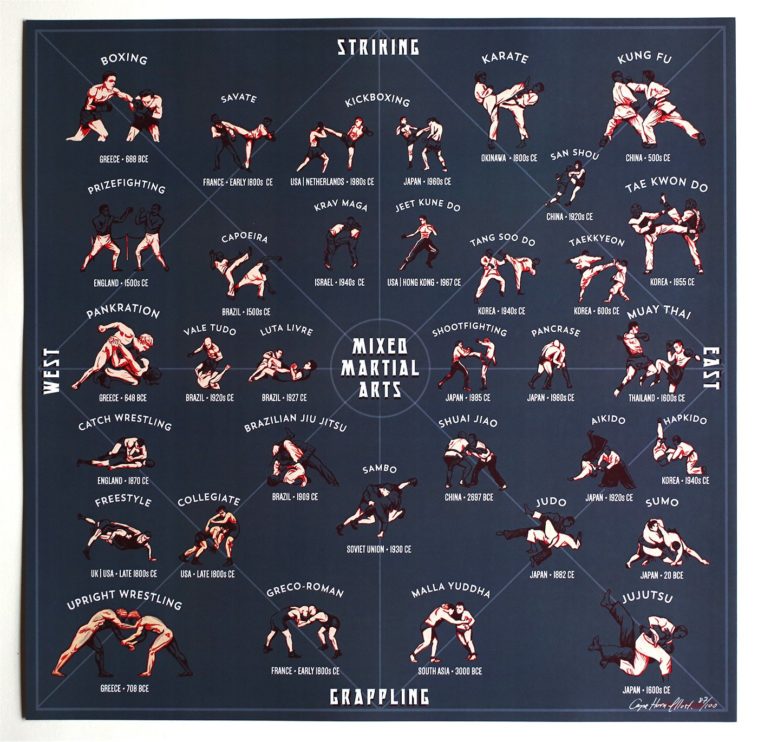Understanding The Different Belt Degrees In Taekwondo: Necessary Information To Acquaint Yourself With
Understanding The Different Belt Degrees In Taekwondo: Necessary Information To Acquaint Yourself With
Blog Article
Write-Up Writer-Madsen Pickett
Did you know that there are an overall of 10 belt levels in Taekwondo? From the novice's white belt to the distinguished black belt, each degree stands for a turning point in your trip to mastery.
However what do these belt degrees really indicate? How do you proceed via them?
In this conversation, we will break down the belt degrees in Taekwondo, explore their importance, and uncover what it takes to increase via the rankings.
So, if you wonder to comprehend the intricacies of Taekwondo's belt system and what it implies for your training, remain tuned.
The Purpose of Belt Degrees
The function of belt degrees in Taekwondo is to give a clear and structured progression system for you to track your growth and skill degree. As you begin your Taekwondo trip, you begin with a white belt, symbolizing your beginner standing. With each belt promotion, you gain new knowledge, methods, and responsibilities.
The belt levels work as turning points, reflecting your commitment, dedication, and development in the martial art. They offer a feeling of accomplishment and inspiration to keep pushing yourself to boost. Additionally, https://keeganzjrak.activoblog.com/34484756/psychological-durability-planning-for-martial-arts-training help instructors and peers examine your abilities and provide proper guidance and training.
Belt Colors and Their Definitions
As you advance via the belt levels in Taekwondo, each shade represents a specific significance and indicates your growth in the martial art.
The white belt, which is the starting point for all beginners, represents pureness and virtue.
As you carry on to the yellow belt, it indicates the earth where a plant sprouts and settles.
The green belt stands for growth and the growth of your abilities.
The blue belt symbolizes the skies, where your potential as a Taekwondo practitioner is unlimited.
https://donovanzwohb.blog-gold.com/40664297/discover-the-tricks-behind-martial-arts-taekwondo-and-a-lot-more-introduce-the-covert-globe-of-fighting-styles-styles-in-this-ultimate-guide represents risk and care, reminding you to utilize your abilities responsibly.
Finally, the black belt stands for mastery and proficiency, symbolizing your journey in the direction of coming to be a true Taekwondo master.
Each belt color holds its very own distinct significance, mirroring your development and dedication in this ancient martial art.
Progressing Via the Belt Levels
To progress through the belt degrees in Taekwondo, you must regularly demonstrate your skills and devotion. Below's what have a peek at this site need to find out about proceeding in this martial art:
1. ** Technique Makes Perfect **: Routine training sessions are important to enhance your method and master the needed forms. Repeating hones your abilities, allowing you to execute with accuracy and rate.
2. ** Pushing Your Limitations **: Progressing via the belt levels needs pressing yourself beyond your comfort area. You'll be tested physically and emotionally, yet it's through these obstacles that you expand and boost.
3. ** Evaluating Your Understanding **: Belt examines evaluate your understanding of Taekwondo concepts, including sparring, protection, and damaging methods. just click the next website page ensure you have a comprehensive understanding of the art and prepare to proceed to the next degree.
Final thought
As you embark on your trip via the belt levels in Taekwondo, keep in mind that each color holds a deeper significance beyond its surface area appearance.
Similar to the lively hues of the belts, your development represents development, self-control, and perseverance.
As you progress, each belt becomes an icon of your dedication and mastery of the art.
Embrace the difficulty, press your restrictions, and allow the symbolism of your belt degrees motivate you to come to be the very best variation of yourself both on and off the floor covering.
